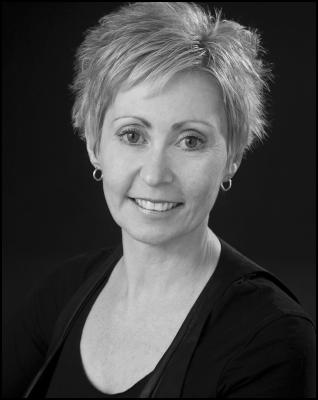Photographer of the Year named - NZIPP Award
Epson/NZIPP Iris Professional Photography Awards 2013
6 August 2013
Photographer of the Year named
Kaye Davis, of Palmerston North, has won the coveted Photographer of the Year at the Epson/NZIPP Iris Professional Photography Awards, announced in Auckland last night (Monday).
The awards are run by the New Zealand Institute of Professional Photography (NZIPP), which this year celebrates its 75th jubilee – coincidentally, the first meeting of the Institute was held in Palmerston North.
Davis, who also won the creative category, is a senior lecturer in photography and digital imaging at UCOL in Palmerston North. She is current chair of the NZIPP Honours Council.
Mike Langford, president of the NZIPP, said the awards celebrated the excellence of New Zealand's professional photographers, providing a platform for raising standards and recognition within the industry and the wider public.
"This year's Iris awards mark a special milestone. In celebrating the NZIPP's 75th year, we also had a record number of entries and awards presented. We received more than 1300 entries from over 180 photographers throughout New Zealand and Australia and the standard was exceptionally high.
“Over the years we’ve added more categories to cater for the evolution of new trends and technologies. But the classic portrait section still remains our most popular, followed by classic wedding photography and landscapes. The biggest increase in the past couple of years is in the number of illustrative prints being entered,” Langford said.
The first meeting of what was to be called the New Zealand Institute of Professional Photography was held in Palmerston North on September 5, 1938. The membership has grown from 80 to 400 photographers.
Langford said photography was continually evolving.
“Early photography was very staged due to the size and weight of the cameras. Most, if not all, photographers worked from studios and used artificial lighting and backdrops. All photos were black and white, with the more upmarket studios employing colour retouchers to provide a bit of colour.”
This changed in the 1940s with the advent of the Leica 35mm camera and colour film and cameras started to be used as a more ‘candid capture.’
“Change is something that has been a constant since the invention of photography, no more so with the advent of digital photography which has meant that most people now have the ability to take, process and print their own images,” Langford said.

ENDS


 NZ Olympic Committee: Lydia Ko Awarded Lonsdale Cup For 2024
NZ Olympic Committee: Lydia Ko Awarded Lonsdale Cup For 2024 BNZ Breakers: BNZ Breakers Beaten By Tasmania Jackjumpers On Christmas Night
BNZ Breakers: BNZ Breakers Beaten By Tasmania Jackjumpers On Christmas Night Te Whatu Ora Health NZ: Health Warning – Unsafe Recreational Water Quality At Roto Kohatu Reserve At Lake Rua
Te Whatu Ora Health NZ: Health Warning – Unsafe Recreational Water Quality At Roto Kohatu Reserve At Lake Rua Shearing Sports NZ: Shearing Them Around - 11 Shearing Records In 2024
Shearing Sports NZ: Shearing Them Around - 11 Shearing Records In 2024 The New Zealand Retro: Special End Of Year Retro Chart Show On Independent Radio Stations
The New Zealand Retro: Special End Of Year Retro Chart Show On Independent Radio Stations ASB Polyfest: Polyfest’s 50th Celebrations On Track Despite Funding Cuts
ASB Polyfest: Polyfest’s 50th Celebrations On Track Despite Funding Cuts